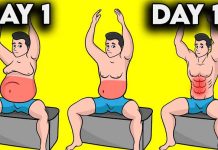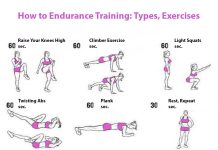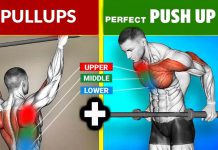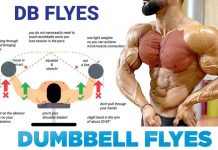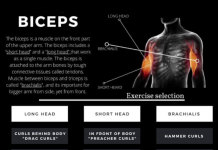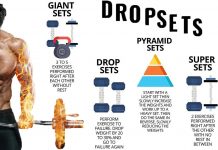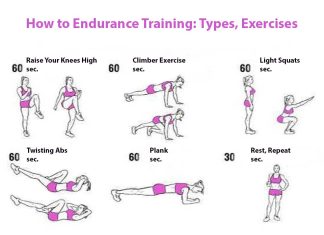🔥 KNEES CAVING IN ON THE WAY UP: IS IT ALWAYS BAD?
✅ Perfect technique should always be taught and mastered before moving into heavy loads. That’s a given. But what happens when you know the rules, yet, you happen to “break” them when you try 1RMs?
[wp_ad_camp_2]

✅ If you lift, chances are you’ve seen people prtecipate in competitive meets (powerlifting/Oly lifting) in which they have to lift their max.
What you also see is that they typically cannot display a perfect technique as it’s always taught and learned.. but why is that? Is it because they don’t know the technique? Is it because they’re weak?
[wp_ad_camp_2]
If you’re lifting 2, 3, 4 times your bodyweight chances are you’ve got strong muscles, and to be able to lift that amount of weight, you need master the exercise before being able to do so. As always, context matters.
For advanced lifters, knees cave in in a small portion of the exercise, coming out of the hole of a squat “twitching” into hip adduction when at the bottom of the squat as they initiate the concentric portion of the movement, and they usually revert back to having their knees out after they pass the sticking region.
🚨 A “valgus twitch” is acceptable for powerlifters and Olympic weightlifters as long as it’s not associated with knee pain.
[wp_ad_camp_3]

✅ The same argument isn’t valid for beginners: When beginners first learn the squat, the vast majority of them cave inward at the knees. After sufficient practice with sound technique, most lifters are able to regroove their motor patterns and their automatic default squatting technique will shift to a knees out strategy. Beginners must learn the rules before they can break the rules and master the knees out technique when squatting.
[wp_ad_camp_4]
Since many individuals appear to be stronger in slight knee valgus, this indicates that their hip extension torque production is stronger in slight hip adduction and internal rotation, which is why you see big numbers lifted this way, although further research on the topic is required.












